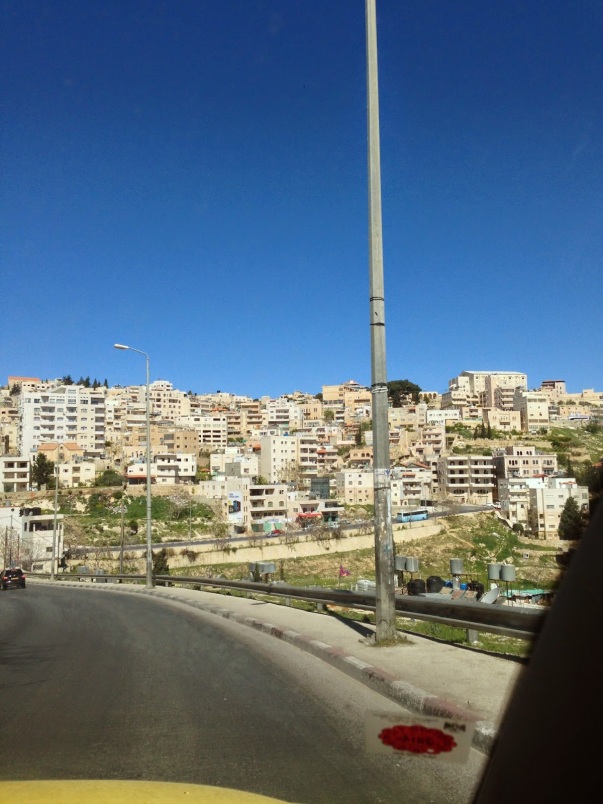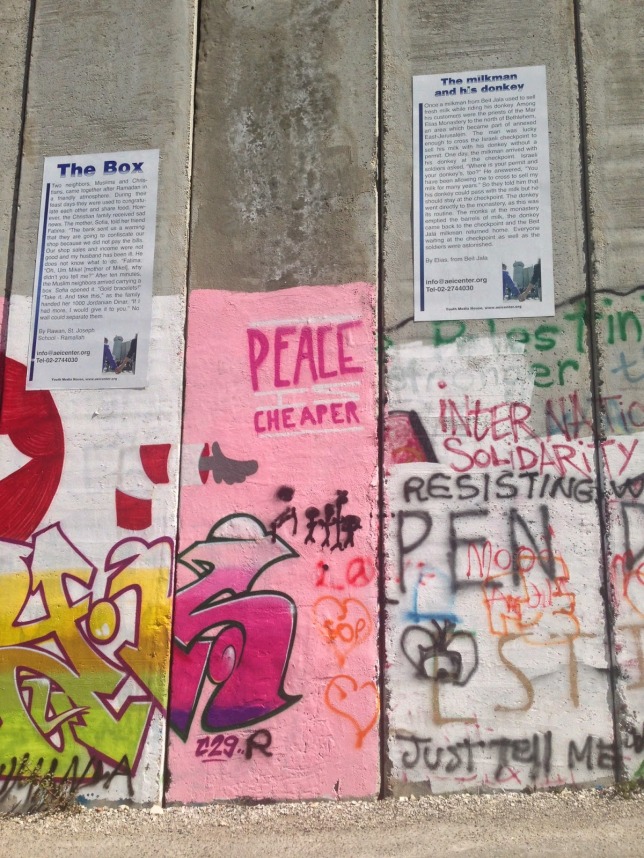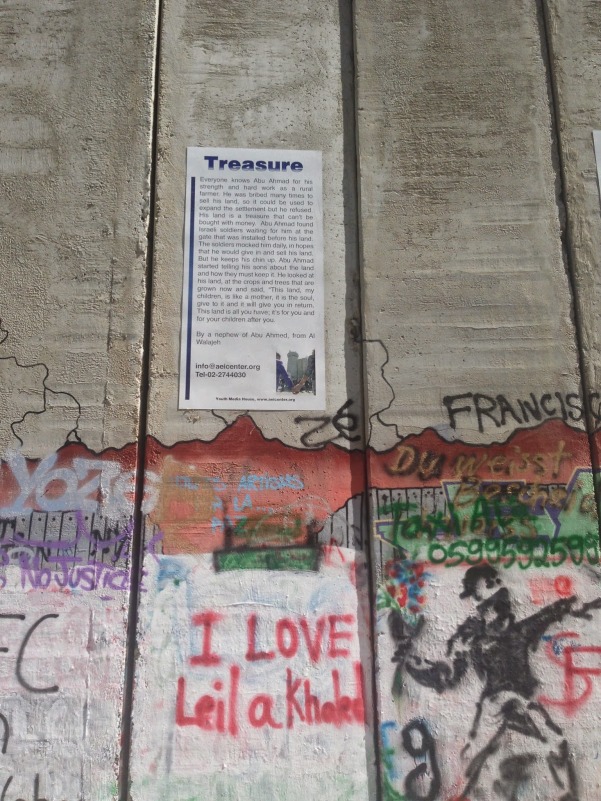Stories of Pain, Suffering and Heartbreak on the Israel-Palestine Wall
April 14, 2002.
Barely 18 years old then, I was still young and selfish. I busied myself with dorm parties in the university and occasional trips out of town. I was completely obliviously to the fact that on that day, halfway across the globe, millions of people were crying and waging a war over a controversial barrier that would forever change the course of global politics and history.
It was the height of the second intifada or aggressive uprising against Israeli occupation of the West Bank. Then Prime Minister Ariel Sharon ordered the construction of the West Bank separation barrier citing the need to protect Israelites from constant attacks from Palestinian extremists. Depending on whom you ask, the barrier is also called “the security fence” or the anti-terrorist fence”
The entire wall was envisioned to measure a total of 422 miles of zigzagging curves and loops. Most of the wall reach two meters with barb wires on top. It runs along the Green line, which marks the boundary between Israel and the West Bank and east Jerusalem as stipulated in the 1967 treaty.
During the initial phase of its construction, the wall was considered a reminder of Israel’s control of Palestine. It was also largely criticized for making the lives of Palestinians extremely difficult because it limits travels to places of work and livelihood.
Visiting the West Bank wasn’t part of my original itinerary. I was supposed to just check out the Bethlehem square and the Basilica of the Nativity and that was it.
But a voice inside convinced me to take the extra mile and check out what lies behind the wall.
When you visit Jerusalem for the first time, perhaps it will surprise you to see a very progressive city with trams, extended buses and commercial establishments left and right.
Thanks to the continuous flow of visitors along the Bible belt, this city has become quite a marvel.
In contrast, when you take the a bus to visit the West Bank, which lies behind the barrier, you will see a more quiet and subdued place.
The buildings are not well maintained. in fact, some of the houses and buildings look older and dirtier.
Along the streets, you will see lots of Palestinians out to offer you services you probably don’t need. To give you perspective, I was traveling with two Germans and no less than 10 tour guides approached us, each one trying to win us over. Because there are fewer opportunities here and less means of income, one must try really hard to get ahead.
The casual people on the streets in Jerusalem are carefree and fashionable, but in Palestine, the people are more reserved and cautious and I don’t blame them. After years of being occupied, they tend to become more suspicious of others.
During our tour of the West Bank, we went to the Basilica of the Nativity, the Manger Square, the Milk Grotto, and the Sheperds’ Field.
 Finally, the tour guide we hired took us to the West Bank barrier and my heart almost bled.
Finally, the tour guide we hired took us to the West Bank barrier and my heart almost bled.The Palestinian side of the wall is painted with stories of pain, suffering and survival during the height of the second intifada. There were also anecdotes of how the wall has greatly changed the lives of the people who live on either side of the wall.
The visit to the barrier normally takes place at the end of the tour of the West Bank and for a good reason.
Firstly, the Palestinian side of the wall is located near the immigration checkpoint and all visitors going back to Jerusalem will only have to take a 10 minute bus ride back after enduring the arduous immigration process. It’s quite easy actually for tourists. For Palestinians, not so much. They have to fall in line and endure long hours of waiting, that is they can secure travel permits.
The second reason is because of the heavy emotional toll it gives you.
Looking at the graffiti on the wall, calling for peace, friendship and the immediate stop to fighting will really break your heart. and when you read the featured anecdotes, it will make you stop in your track and sit still.
 The ideal time to spend viewing the wall is about 30 minutes to an hours. Not that there’s a lot to see. But one must read the stories to get a full grasp of the pain and suffering of the people of both Palestine and Israel. It’s really an eye opener.
The ideal time to spend viewing the wall is about 30 minutes to an hours. Not that there’s a lot to see. But one must read the stories to get a full grasp of the pain and suffering of the people of both Palestine and Israel. It’s really an eye opener.During my visit, I spend nearly an hour at the wall, trying to read all the stories, most of which are pleas and call for attention to visitors.
The people behind the wall want their stories to be heard around the world in hopes of taking action and finding a solution to the decades long Israel-Palestine conflict.
Reading the stories on the wall also reminds you to keep on seeking peace. There may be no peace between Israel and Palestine soon, but one day, if all of us try to understand one another, there may be an end to all the fighting and hostilities.


























I was really interested to read this, thank-you. It's easy to forget about those people, but their situation isn't improving. I hope life gets easier for the Palestinians within our generation.
ReplyDeleteContrary to what the public thinks, Israel is a very progressive country and its people are enjoying a good life. on the contrary, the people of Palestine are not doing so well. I am not finger pointing but I hope someday, the wall will come down similar to what happened to Germany. But the lines of communication and peace has to start somewhere.
Delete